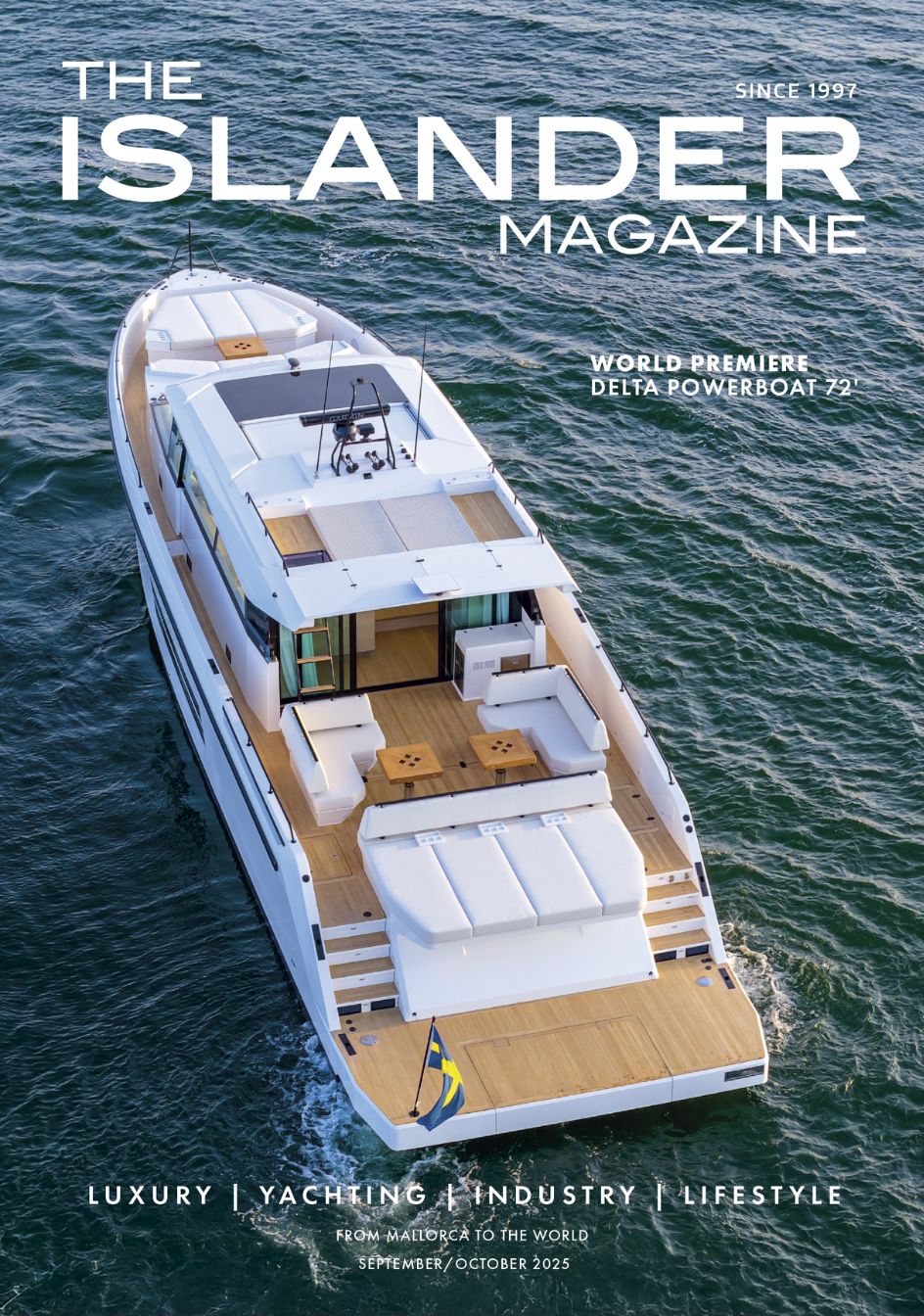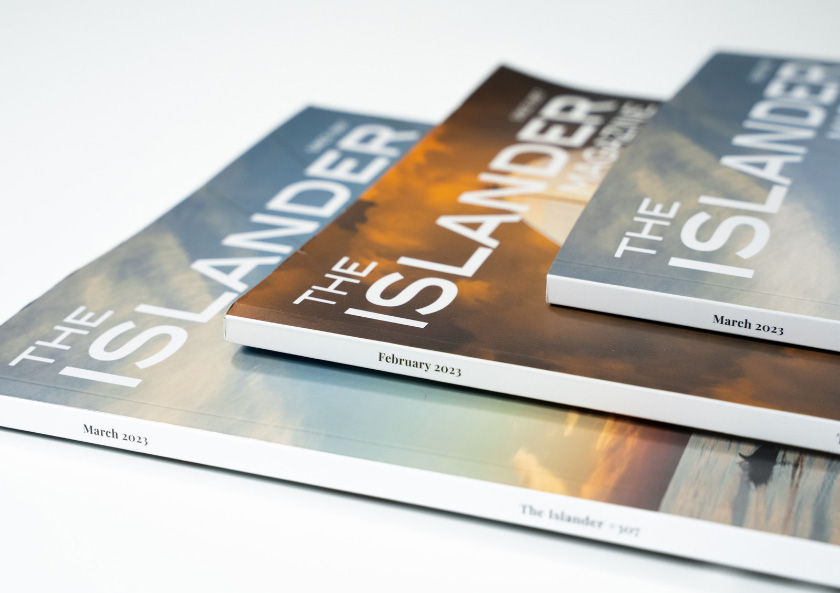The snow season is upon us and many will be heading to the slopes during the next few months. As with all sports involving fast gravity assisted descents, the risk of injury is fairly high.
With snowboarding the wrist is possibly the most vulnerable joint and is easily fractured if wrist guards are not warn. Whether it is a hairline or a nasty compound fracture, a fracture is still a break in the continuity of the bony cells and it will have to be immobilised..
A simple un-displaced fracture can be managed with a cast and no surgery if the fractured end has not moved and can be seen to be in good alignment.
A displaced fracture means that the broken ends are no longer aligned after the accident and will need to be “reduced”, manually pulled apart and realigned which may require some anaesthetic help for the patient and thereafter immobilised in a plaster cast.
A comminuted fracture is when a bone is broken into more than 2 pieces. This kind of fracture may require surgical intervention with screws and/or plates to secure the fracture site.
An open fracture is also known as a compound fracture and is when one or more pieces of bone have broken and and protruded through the skin exposing the wound to outside air and bacteria. This type of fracture requires immediate surgical attention to ensure against infection.
4 Good Reasons to Wear Wrist Guards
- Probably the most common snowboarding injury is the Colles Fracture. Caused by a fall on an outstretched hand breaking the end of the radius above the thumb.
- A Smith’s fracture is the opposite of a Colles in that you have landed with your hand flexed inwards instead of palm down.
- Fracture of the Radius and Ulnar means that both bones of the forearm have broken above the wrist joint. This may well require a reduction or an ORIF under anaesthetic (open reduction with internal fixation) to secure the fracture. The cast will not only cover the forearm but will extend above the elbow. Healing time is between 6 to 12 weeks weeks depending upon the level of the fracture.
- Scaphoid fractures are also caused by a fall on an outstretched arm when the thumb has been stretched out at right angles to the rest of the hand. Signs of this fracture include restricted and painful movement of the thumb with bruising at the base of it. The scaphoid is one the the small bones of the wrist and it is important that earliest diagnosis is made with an X Ray as this bone can be problematic to heal.
Snowboarding Injuries in the Leg
Constant kneeling or dropping to the knees, as is a common practise of snowboarders, can bring about 2 problems of the knee due to the repeated impact.
Chondramalacia Patellae (aka housemaids knee) is damage to the articular under-surface of the knee cap which becomes roughened and inflammed. There is pain on attempting to straighten the knee and continued snowboarding becomes impossible. Physiotherapy treatment is required to control the inflammation and correctly strap the knee joint.
Patellar bursitis is inflammation to the pad just under the knee cap. This pad is called a bursa and bursae exist in the body as water cushions protecting bony prominences or areas of impact in the body. We have them on our elbows, the outside of the hip and under our heels. The bursae on which we kneel are called the infra patellar and pre patellar bursae. Repeated impact can cause inflammation, pain swelling and loss of movement at the knee joint.
Knee guards will help to protect your knees from both of these injuries.
Photo Credit: www.theradioscout.com















0 Comments